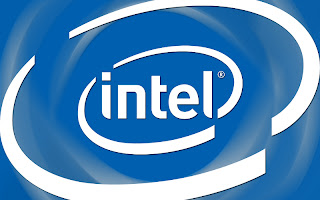
LG Optimus Elite is the fourth eco-friendly handset launched by Sprint in the last two year. The first “green” handset released by the carrier was the LG Remarq, followed by LG Rumor Reflex and LG Viper 4G LTE.
The Optimus Elite is expected to arrive in Titan Silver and White on Earth Day, April 22. It will be exclusively available from Sprint's online store for only $29.99 USD with a new two-year agreement and $50 mail-in rebate via reward card.
Beginning May 18 the smartphone will be available in additional channels, including Sprint retail.
In addition, Sprint confirmed that the LG Optimus Elite will be released through Virgin Mobile as well, but timing and pricing options will be announced closer to launch.
Aside...



 4/17/2012 10:25:00 PM
4/17/2012 10:25:00 PM
 dannzfay
dannzfay






























